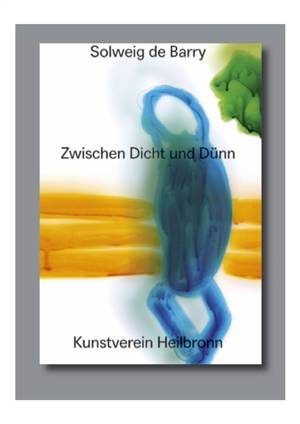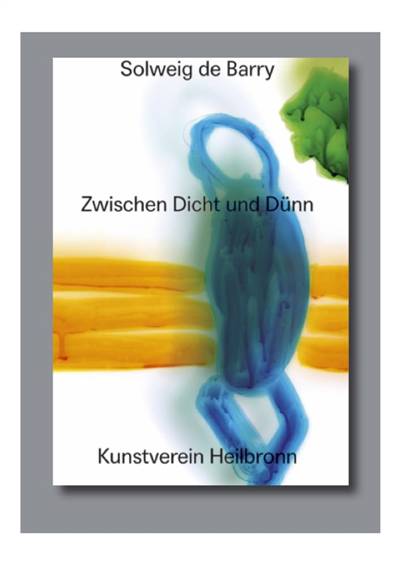
- Afhalen na 1 uur in een winkel met voorraad
- Gratis thuislevering in België vanaf € 30
- Ruim aanbod met 7 miljoen producten
- Afhalen na 1 uur in een winkel met voorraad
- Gratis thuislevering in België vanaf € 30
- Ruim aanbod met 7 miljoen producten
Zoeken
Solweig de Barry. Zwischen Dicht Und Dünn
Cat. Kunstverein Heilbronn
Matthia Löbke, Solweig de Barry
Paperback | Engels
€ 41,95
+ 83 punten
Omschrijving
One of the distinctive qualities of Solweig de Barry's painting is the balance between suggestion and formulation, conceptual distance and intuition, between representation and abstraction. The exhibition at the Kunstverein Heilbronn is the first extensive presentation of her work in an institution to date and includes works on canvas and a glass painting on the large window front of the Kunstverein. There are impressive examples over the centuries, such as the cathedrals of Chartres or Amiens, the Notre Dame du Ronchamp chapel by Le Corbusier or the stained glass windows by contemporary artists such as Gerhard Richter in Tholey or, more recently, Olafur Eliasson in Greifswald, to name but a few. What they all have in common, however, is that color and glass are firmly connected through the technical process of production. Solweig de Barry sought to find a way to realize this painting on glass panes in situ with paint that has the same translucent quality as classic glass art, because most commercially available paints applied to glass panes actually cast a grey or black shadow on the floor.
Specificaties
Betrokkenen
- Auteur(s):
- Uitgeverij:
Inhoud
- Aantal bladzijden:
- 40
- Taal:
- Engels
Eigenschappen
- Productcode (EAN):
- 9783864424441
- Verschijningsdatum:
- 7/07/2025
- Uitvoering:
- Paperback
- Formaat:
- Trade paperback (VS)
- Afmetingen:
- 171 mm x 241 mm
- Gewicht:
- 180 g

Alleen bij Standaard Boekhandel
+ 83 punten op je klantenkaart van Standaard Boekhandel
Beoordelingen
We publiceren alleen reviews die voldoen aan de voorwaarden voor reviews. Bekijk onze voorwaarden voor reviews.








